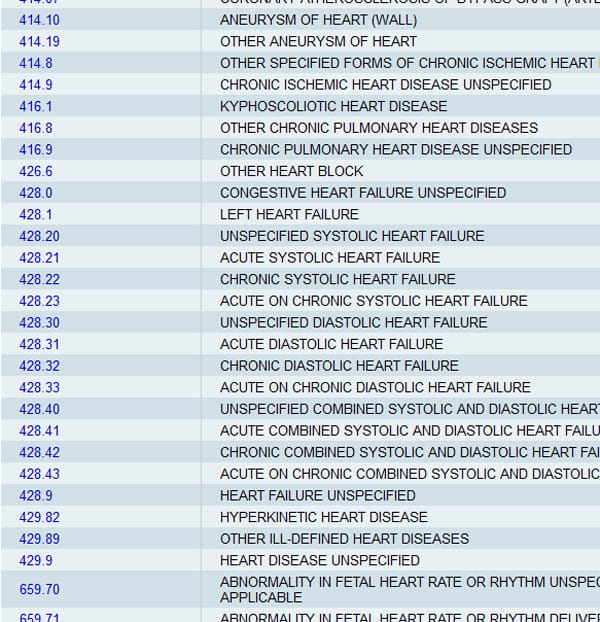Medical Safety Innovation Gets a Boost from Systematic Analysis
 By Rachel Ewing
By Rachel Ewing

- Drexel Selects New, World-Class Life Sciences Building at 3201 Cuthbert Street for Medical Research Operations
- Breakthrough on Gene Therapy for Hereditary Spastic Paraplegia
- Drexel Environmental Collaboratory Releases Cross-Sector Findings on Severe Weather Recovery Challenges
- Drexel Launches the Manuel Stamatakis Center for Alternative Investments at the LeBow College of Business

If all medical errors were counted together as a single cause, they would likely rank as the third leading cause of death in the United States. As health care personnel race to improve the quality of their care to save lives and prevent unneeded harm, a new study indicates there is more they can do to learn about what errors are occurring and why.
Researchers from the Drexel University School of Public Health demonstrated a systematic analysis of hospital administrative data for patient safety at a population level, in a recent paper in the Journal of Healthcare Risk Management. They say that health care organizations have an untapped opportunity to use their own administrative data in this way as a “springboard to problem identification” at the leading edge of preventing even those medical errors that are not yet preventable.
“For example, a patient may receive a drug in the Emergency Department and develop an allergic reaction, but did not have any known allergies at the time of treatment,” said Dr. Jennifer Taylor, an associate professor at Drexel who led the study. “While such events may not be deemed to be preventable now, we need to start tracking them so our research and development colleagues know what’s next in the prevention pipeline.”
Based on this premise, that preventing medical errors requires a good understanding of when and where all such errors, or so-called “patient safety events” occur – including those that are nonfatal, those that are not yet preventable and even those that do not cause noticeable harm – Taylor and colleagues analyzed large-scale data on hospital stays (recorded in discharge data) in Pennsylvania during one year. They compared hospital stays with and without patient safety events, to describe patterns, demographics and differences associated with such events.
They found that nine percent of the hospital discharges in Pennsylvania in 2006 were for stays with a patient safety event. On average, patients who experienced an adverse event were older, white and male; patient safety events added an average of $35,000 to the cost, and three days to the length, of a hospital stay.
“The percentage of discharges that had a patient safety event is in the range of other studies we’ve seen in the United States and around the world,” said Taylor. “While this figure may be a bit startling, it is not a cause for alarm, in that many of the events that we found are adverse events for which there are no known prevention strategies,” as in the example of the unexpected allergic reaction.
For their analysis, Taylor and co-authors used standard International Classification of Disease (ICD-9-CM) diagnosis codes that indicate each patient’s primary and secondary diagnoses and causes of injury in hospital discharge data. These discharge data are typically used for billing, but are also used for some public health surveillance efforts such as reporting on communicable disease. The ICD-9-CM codes provided a population-level picture of many preventable and non-preventable adverse events. The researchers combined this data source with an algorithmic patient safety indicator developed by the Agency for Healthcare Research and Quality (AHRQ), which has been demonstrated as a useful indicator of specific adverse events for which known prevention strategies are available.
Taylor and colleagues point out that hospital discharge data sources such as these are easily accessible to administrators and safety personnel and can be a useful source of information for patient safety. By describing patient safety events at the population level, their method capitalizes on the consistent standardized information the discharge data provide, and could be used by any health care entity across the United States and the world that utilizes the ICD system for coding.
Nationwide, patient safety efforts and innovations in health care are already accelerating due to financial implications of the Affordable Care Act, which limits reimbursement to facilities when specific known-preventable errors occur during a patient’s treatment. Improved population-level surveillance of all errors, Taylor suggested, can help guide safety innovators to take the next steps forward.
Taylor noted that some of Pennsylvania’s additional patient safety data sources make it a promising location to take the population-level analysis even deeper: “Pennsylvania has a strong commitment to patient safety and reporting,” said Taylor. “Many great data sources exist such as the Pennsylvania Health Care Cost Containment Commissioner’s state hospital discharge data and the Patient Safety Authority’s Patient Safety Reporting System. In our paper we recommend that these two systems be explored to discover how Pennsylvania can make even more advances in understanding the scope of the problem and how we should leverage our unique commitment to data into prevention opportunities.”
For patients concerned about preventing medical errors in their own care, Taylor recommends using the resources and fact sheets available from the National Patient Safety Foundation.
Drexel News is produced by
University Marketing and Communications.